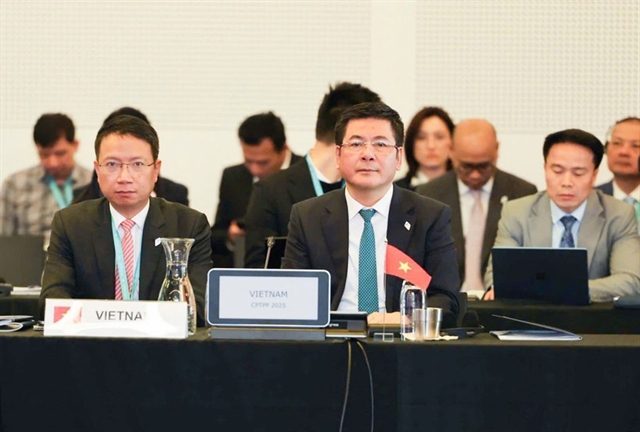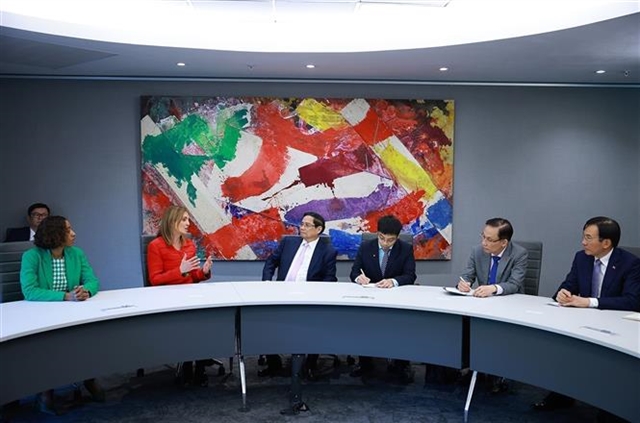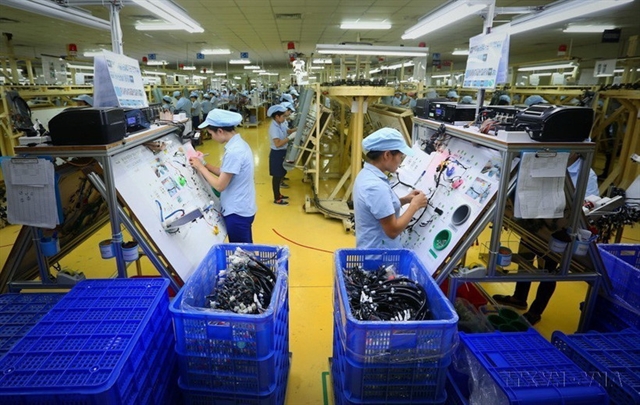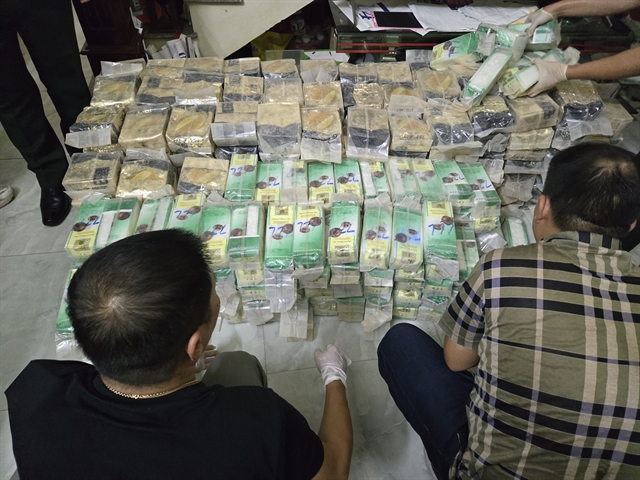 Society
Society
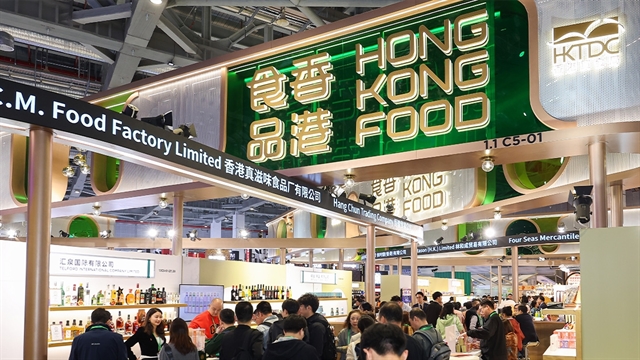
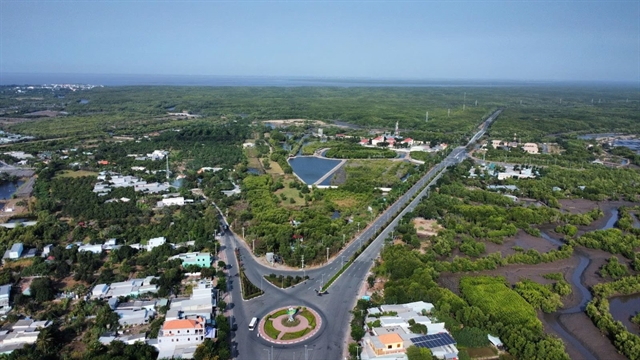 |
| An urban area in Cần Giờ District today. – VNA/VNS Photo Hoàng Tuyết |
HCM CITY – Fifty years after its liberation, Cần Giờ District in HCM City is remarkably well-developed, boasting vast mangrove forests, a growing tourism sector, and high living standards for its residents.
During the resistance war against US imperialism, the Sác Forest, now known as the Cần Giờ Mangrove Forest, served as a vital resistance base and was a fierce battleground. It also functioned as a transport route for supplies and ammunition for the Sài Gòn regime.
Nguyễn Hữu Kỳ, 78, a commando in Regiment 10 (Sác Forest special forces), says: “Life in the Sác Forest could be summed up in two words: hardship and scarcity.
“We often faced shortages of rice and drinking water. Sometimes, with no access to fresh water, we went thirsty for days. A few could not bear it and resorted to drinking the brackish river water.
“During enemy raids, when our clothes and belongings were destroyed, we shared what we had. Some only had a shirt; others, just a pair of trousers.”
Originally from Thanh Hóa Province, he was posted to Regiment 10 in 1973.
“At that time, Sác Forest commandos hid in the mangroves by day and patrolled the rivers and forest edges by night, aiming to disrupt the enemy’s supply lines. Along the Lòng Tàu River, enemy forces patrolled regularly and dropped bombs in an attempt to eliminate our presence. Many comrades died in those assaults.
“During those years, this land bore witness to the sacrifice of 1,215 martyrs and the wounding of 468 veterans. Another 2,786 served as soldiers, guerrillas or volunteers, transporting food and arms.
“For those of us who survived, we will always be grateful for the support and shelter offered by the people of Duyên Hải District (now Cần Giờ District). That is why we chose to stay after the war and help rebuild this land of kindness and sacrifice.”
 |
| Nguyễn Hữu Kỳ, a commando in Regiment 10 (Sác Forest special forces) during the American War, looks for the names of fallen comrades at the Memorial Temple for Heroes and Martyrs of the Sác Forest Resistance Base in Cần Giờ District. – VNA/VNS Photo Hoàng Tuyết |
Phạm Thị Nhung, also known as Tám Nhung, returned from the battlefield physically unharmed but with the deep sorrow of losing loved ones, comrades and her husband, who died in Sác Forest.
Born into a revolutionary family in Cần Giờ, Nhung joined a military arts troupe at the age of 14 to help boost morale among soldiers in the forest. After performing until 1964, she trained as a nurse in Bà Rịa – Vũng Tàu Province, and two years later, she returned to Regiment 10 to care for the wounded.
“Working under such tough conditions and with minimal medical supplies, we had to be inventive in treating injuries,” she recalls.
“Some medications required distilled water, which we did not have. Fortunately, the area had many coconut trees, so we used fresh coconut water as a substitute.”
Nhung describes life and combat in the forest as being extremely harsh.
"During enemy raids, we had to run for our lives. I still remember a young soldier who had just given birth - she had to carry her newborn and flee.
Fifty years after liberation, we can see how well the local government has led the development process. They have shown real care for the lives of the people, from those of former revolutionary generations to the younger generations.
“Cần Giờ now has clear development plans, attracting major investment to grow the economy and improve lives.”
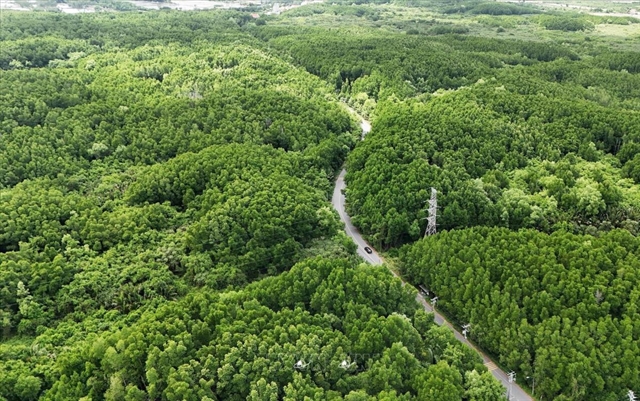 |
| A mangrove forest in Cần Giờ District’s Lý Nhơn Commune. – VNA/VNS Photo Hồng Đạt |
Strong transformation
Cần Giờ District has overcome numerous challenges since its liberation and is undergoing major changes aimed at further development. Once a low-lying muddy area that was home to a small fishing village, it now boasts essential infrastructure like roads, schools and public utilities.
Now included in HCM City’s eastward expansion, the district is emerging as a promising ecotourism destination, thanks to its mangrove forests, long coastline, historical sites, and proactive local efforts to boost the economy.
The Cần Giờ Mangrove Forest, often referred to as the “green lung of HCM City,” was designated Việt Nam’s first UNESCO biosphere reserve in 2000.
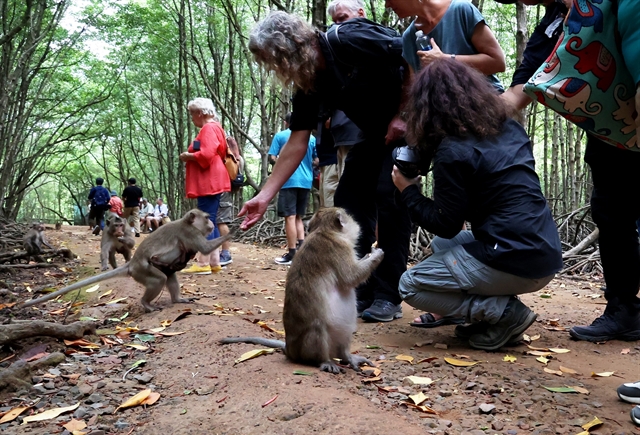 |
| Foreign tourists visit Monkey Island in Cần Giờ District. The island is home to more than 2,000 monkeys and is part of the district’s biosphere reserve. – VNA/VNS Photo Hồng Đạt |
The district has a wide range of attractive tourist destinations, including the national historic site of the Sác Forest resistance base and community-based tourism spots like Thiềng Liềng Island in Thạnh An Commune. Its traditional festivals, craft villages and local cuisine also offer visitors distinctive experiences.
To enhance tourism, Cần Giờ has developed several accommodation and resort projects, including 19 lodging facilities, 10 restaurants, 49 eateries, and six tourist attractions. Infrastructure has improved significantly, with better roads and upgraded accommodation. Thanks to recent road widening and improvements, travel time to the district has decreased.
Hồ Ngọc Thanh, a resident of Thủ Đức City, says Cần Giờ makes for a great weekend escape from the city heat, offering fresh air, greenery and reasonably priced services.
“Besides enjoying the fresh air, we also visited historic sites to learn about the land and the heroic Sác Forest Special Forces.”
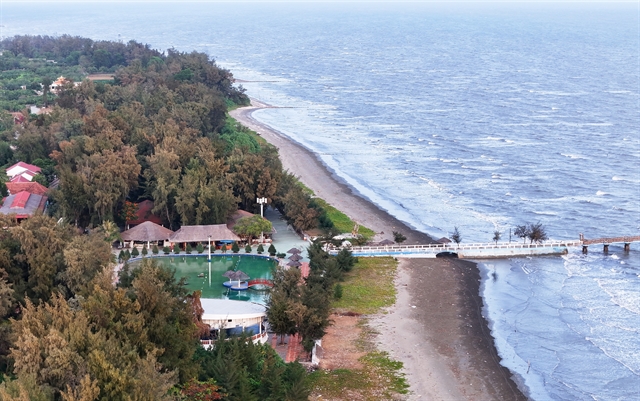 |
| A tourist site along a beach in Cần Giờ District. – VNA/VNS Photo Hồng Đạt |
Nguyễn Thị Ánh Hoa, Director of the HCM City Department of Tourism, stated that the city aims to transform Cần Giờ into a high-quality ecotourism and resort destination with regional appeal by 2030. To achieve this, the city will focus on marine tourism, port and maritime economies, coastal urban development, marine farming, renewable marine energy, and improving local livelihoods.
By 2050, the goal is to use marine and island resources sustainably and effectively, making Cần Giờ a leading maritime district grounded in green growth.
Several mega projects are set to begin in 2025, including the Cần Giờ international transshipment port, Metro Line 12 (Bến Thành – Cần Giờ) and a coastal reclamation urban area.
Other infrastructure, such as a river-crossing bridge and a free trade zone, will also be developed starting this year. These are expected to unlock potential and offer enormous opportunities, not only for Cần Giờ and HCM City, but also for broader regional connectivity across the southeast and the entire country.
Nguyễn Văn Hồng, Chairman of the Cần Giờ People’s Committee, stated that the district is committed to tapping its potential sustainably, focusing on ecotourism, smart urban development, and the maritime economy.
“The district has proactively rolled out key initiatives for implementing green transition. Of them, the three strategic pillars are institutional reform, resource mobilisation and behavioural change.”
Nguyễn Văn Nên, secretary of the HCM City Party Committee, said: "In the past, our ancestors defended and protected Cần Giờ, and now we have the task of developing it while preserving its core values, particularly the biosphere reserve.
“The development must be important for the country and meet international standards.
“HCM City envisions Cần Giờ as a modern, smart and ecological urban area not only for the city but also for the southeastern region.
“Therefore, the district should plan carefully and adopt appropriate sustainable development strategies so that it can grow into a modern urban area while preserving its unique natural identity, contributing to enhancing the city’s overall position,” – VNS

